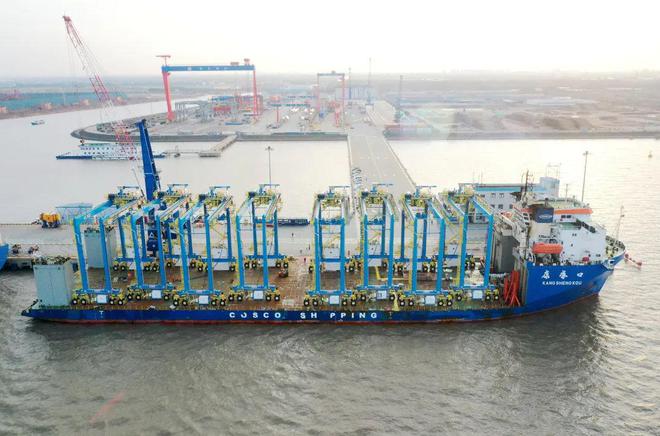The international shipping tendency to Southeast Asia is currently experiencing a significant surge in sea freight.
A trend that is expected to persist as we approach the end of the year. This report delves into the current market conditions, the underlying factors driving the price increases, and the strategies being employed by freight forwarders to navigate these challenges. As we enter December, the maritime shipping industry in Southeast Asia is witnessing a continuous rise in sea freight rates. The market is characterized by widespread overbooking and rate hikes, with some routes experiencing particularly significant price increases. By the end of November, many shipping companies have already exhausted their available capacity, and some ports are reporting congestion, leading to a shortage of available slots. As a result, it is now only possible to book slots for the second week of December.

Several key factors are contributing to the ongoing rise in sea freight rates:
1. Seasonal Demand: The current period is traditionally a high-demand season for maritime shipping. Increased trade activity and the need to meet holiday-related supply chain demands are putting pressure on available shipping capacity.
2. Limited Ship Capacity: Many vessels operating in the Southeast Asian region are relatively small, which limits the number of containers they can carry. This constraint exacerbates the capacity shortage during peak seasons.
3. Port Congestion: Several key ports in the region are experiencing congestion, which further reduces the efficiency of cargo handling and extends transit times. This congestion is a direct result of the high volume of shipments and the limited capacity of port facilities.
4. Shipper Preferences: In response to the rising costs and limited availability of slots, shipping companies are prioritizing standard container bookings over specialized cargo. This shift makes it more challenging for freight forwarders to secure slots for special containers, such as flat rack and open top containers.
Strategies to Mitigate the Impact,To address the challenges posed by the rising sea freight rates and limited slot availability, OOGPLUS has implemented a multi-faceted approach:
1. Active Market Engagement: Our team is actively engaged with various stakeholders in the shipping industry, including carriers, terminals, and other freight forwarders. This engagement helps us stay informed about market trends and identify potential solutions to secure the necessary slots.
2. Diverse Booking Strategies: We employ a combination of booking strategies to ensure that our clients' cargo is transported efficiently. This includes booking slots well in advance, exploring alternative routes, and negotiating with multiple carriers to find the best available options.
3. Utilization of Break bulk Vessels: One of the key strategies we have adopted is the use of breakbulk vessels for the transportation of oversized and heavy cargo. These vessels offer greater flexibility and capacity compared to standard container ships, making them an ideal solution when container slots are scarce. By leveraging our extensive network of breakbulk vessels, we can provide reliable and cost-effective transportation services for our clients.
4. Client Communication and Support: We maintain open lines of communication with our clients, providing regular updates on market conditions and advising them on the best course of action. Our goal is to minimize disruptions and ensure that our clients' cargo reaches its destination on time and within budget.
The current situation in the Southeast Asian maritime shipping market presents both challenges and opportunities. While the rising sea freight rates and limited slot availability pose significant hurdles, proactive strategies and a flexible approach can help mitigate these issues. OOGPLUS remains committed to delivering exceptional service to our clients, ensuring that their cargo is transported safely and efficiently, even in the face of market volatility.
Post time: Nov-28-2024
